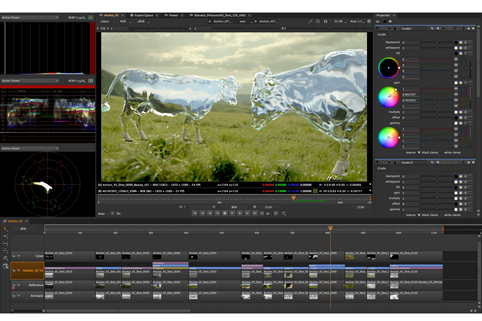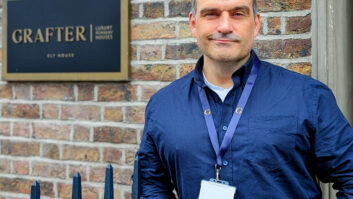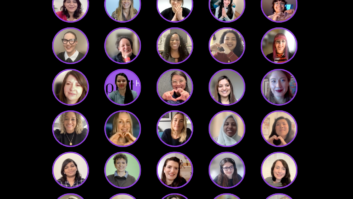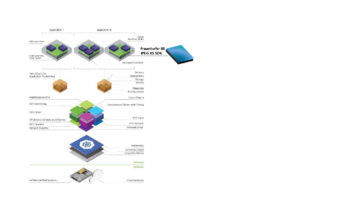
Visual effects companies were early adopters of file-based workflows, often leading the charge in the manipulation of large files across multiple locations, and working collaboratively with those files across multiple teams.
The Foundry was a pioneer in software development for compositing and effects. Its compositor, NUKE, originally developed by Digital Domain, has become the company’s flagship software and is used throughout the industry. Simon Robinson, chief scientist and co-founder of visual effects software developer The Foundry will take part in a VFX discussion panel at TVBEurope’s IT Broadcast Workflow conference on July 8. TVBEurope quizzed Robinson on the state of file-based workflows and where the VFX industry stood in relationship to them.
TVBEurope: What has the VFX field learned that could be helpful to those still struggling with the file-based world?
Simon Robinson: VFX has learned that you should hire someone who’s done it before. It is important.
But for the most part, there’s no real surprises. You’ll have to archive things in a different way, but you’ve always had to archive. You’ll need to think about how to label and categorise your data, but you’ve always had to do that too.
Possibly one of the big challenges is controlling the amount of data, once there’s no immediately visible cost to making a duplicate, or running cameras on to capture more.
TVBEurope: Have file-based workflows streamlined production or made our jobs more complicated?
Robinson: It’s streamlined production for sure. Once there is no physical medium, geography becomes a lot less important. Also, as there is a digital medium, metadata is – at least in theory – an easier thing to get right.
TVBEurope: How far along are we in the transition away from tape? At the beginning? Almost done? Will tape always be with us?
Robinson: From the perspective of a company developing software for visual effects, I’m always astonished by the tape-based workflows still out there. We don’t engineer software with tape in the back of our minds any more. Surely we’re almost done?
TVBEurope: With ubiquitous connectivity and huge processing power at everyone’s fingertips, how do you see workflows changing in the next few years?
Robinson: It’s hard to know quite when it reaches the tipping point where the processing power becomes a game-changer, because the technical hurdles to move the required amount of data and workflow around cloud infrastructure are still quite significant. The startups we’ve seen around cloud-based rendering of CG, for example, aren’t as successful as we might have thought they would be.
For a lot of our customers, big and small, it’s still not obvious that there is yet a better solution than just managing their own hardware resources and software pipelines on site.
Connectivity is a big thing already though. Once the medium is purely digital from capture to delivery, it matters a lot less where in the world the content creators are and where the customers are.
TVBEurope: What are the biggest challenges in content production now?
Robinson: The big challenge is getting more for less – maybe it always has been. Efficiency gains over time mean that customers expect higher quality and faster turnaround for less money. The consumers of media are becoming more and more discerning about visual quality, because they are acclimatised to a feature-film world where anything can be made real (real to today’s standards – I bet in ten years time we’ll be looking back and seeing the cracks).
And because the cost of setting up a small team is relatively low, in hardware and software costs, there’s a lot of competition bubbling up, and it could be anywhere in the world.
TVBEurope: What do you look for in events like the IT Broadcast Workflow conference?
The industry is constantly in change – we’re looking for the trends in budgets, workflows and content that both link and separate feature film work, episodic TV work and commercials work.
TVBEurope: What is the Foundry looking toward next?
Robinson: The larger projects going on at The Foundry cover the use of cloud resources, efficient computing, the connectivity between customers, and the connectivity between products and workflow. And under all that is a theme of producing more artist-oriented tools: how can we remove the complexity from creating media?
www.thefoundry.co.uk
www.broadcastworkflow.com







